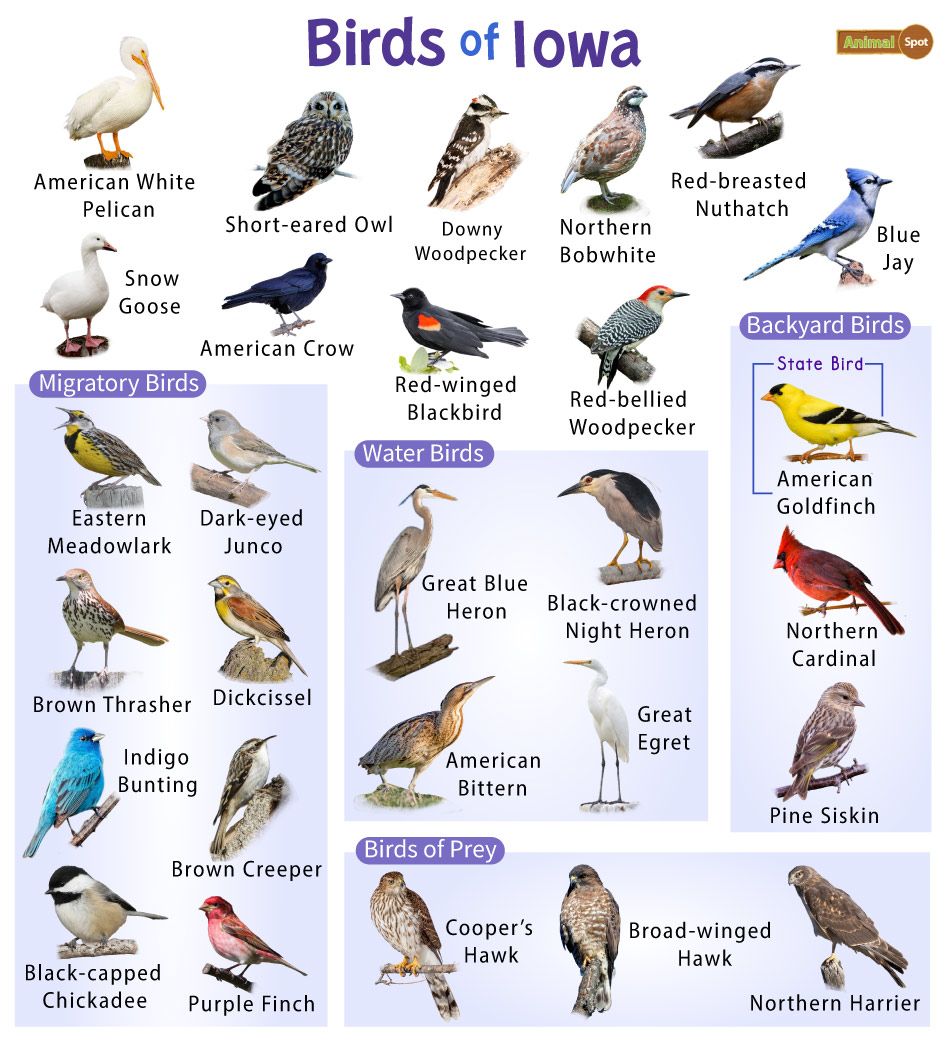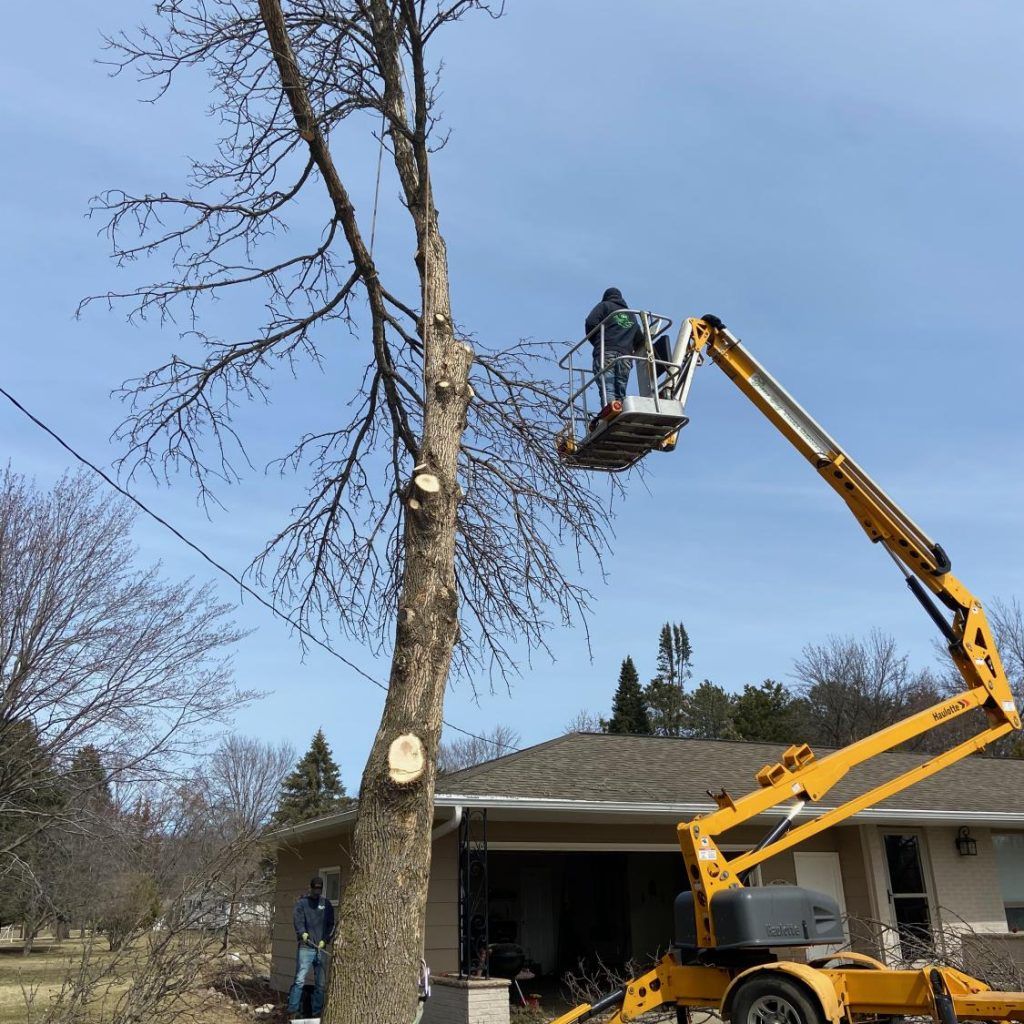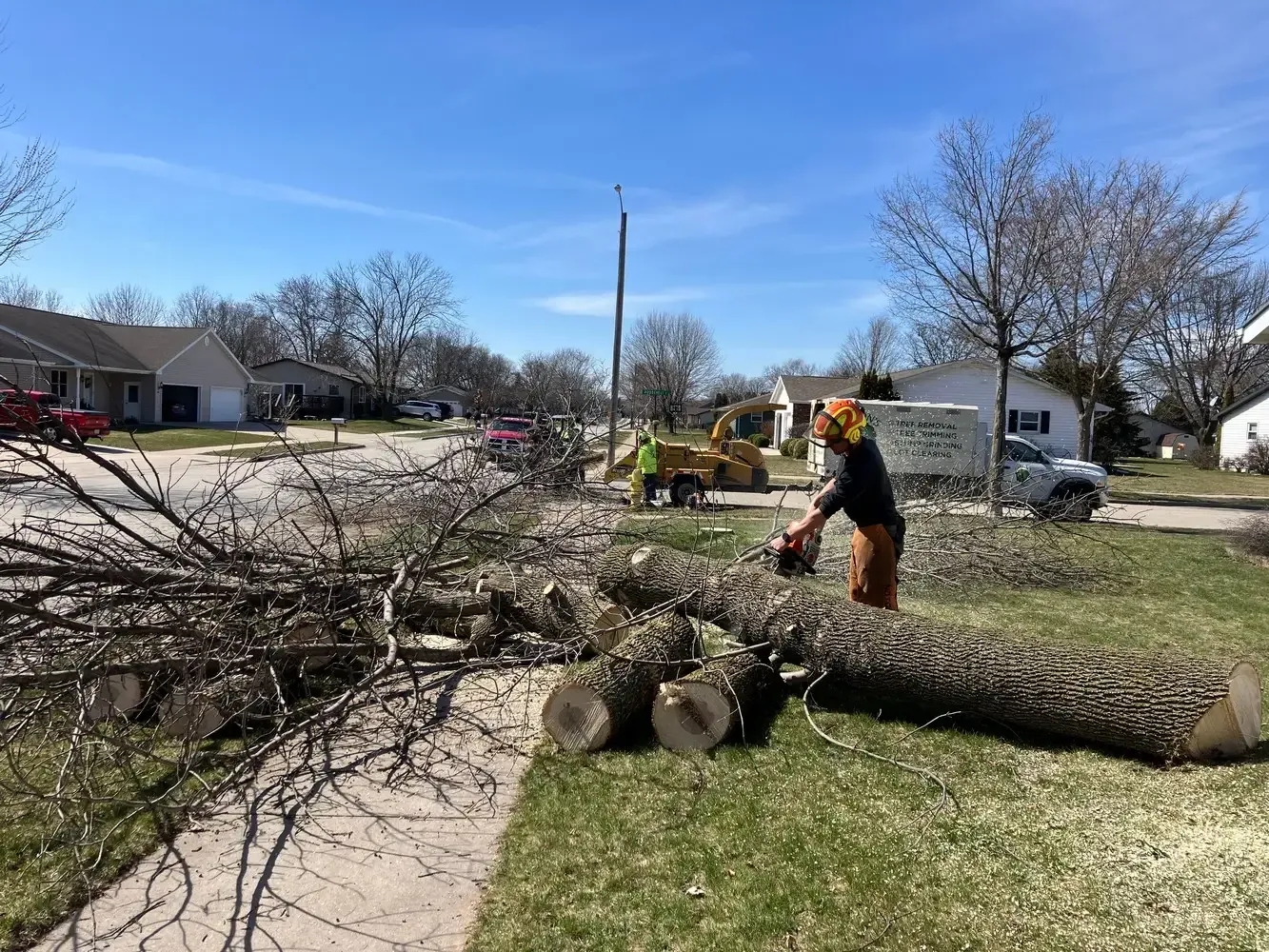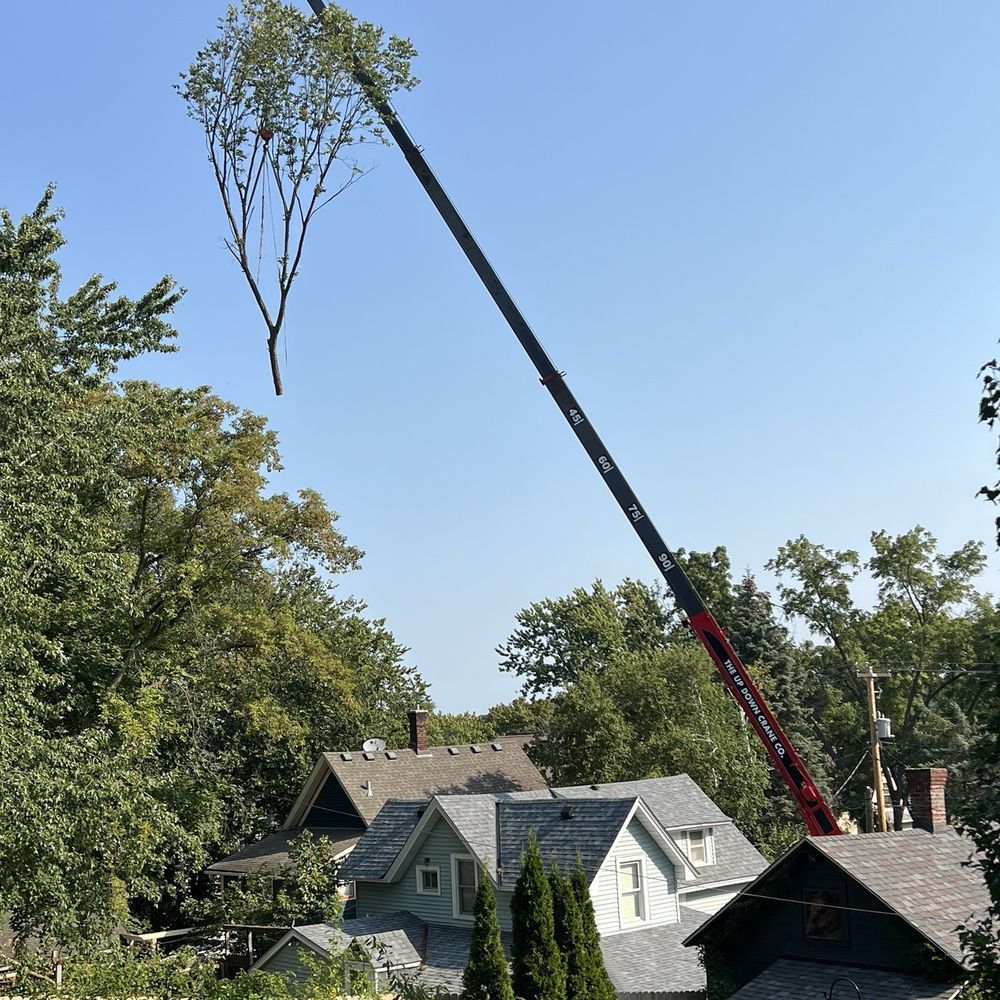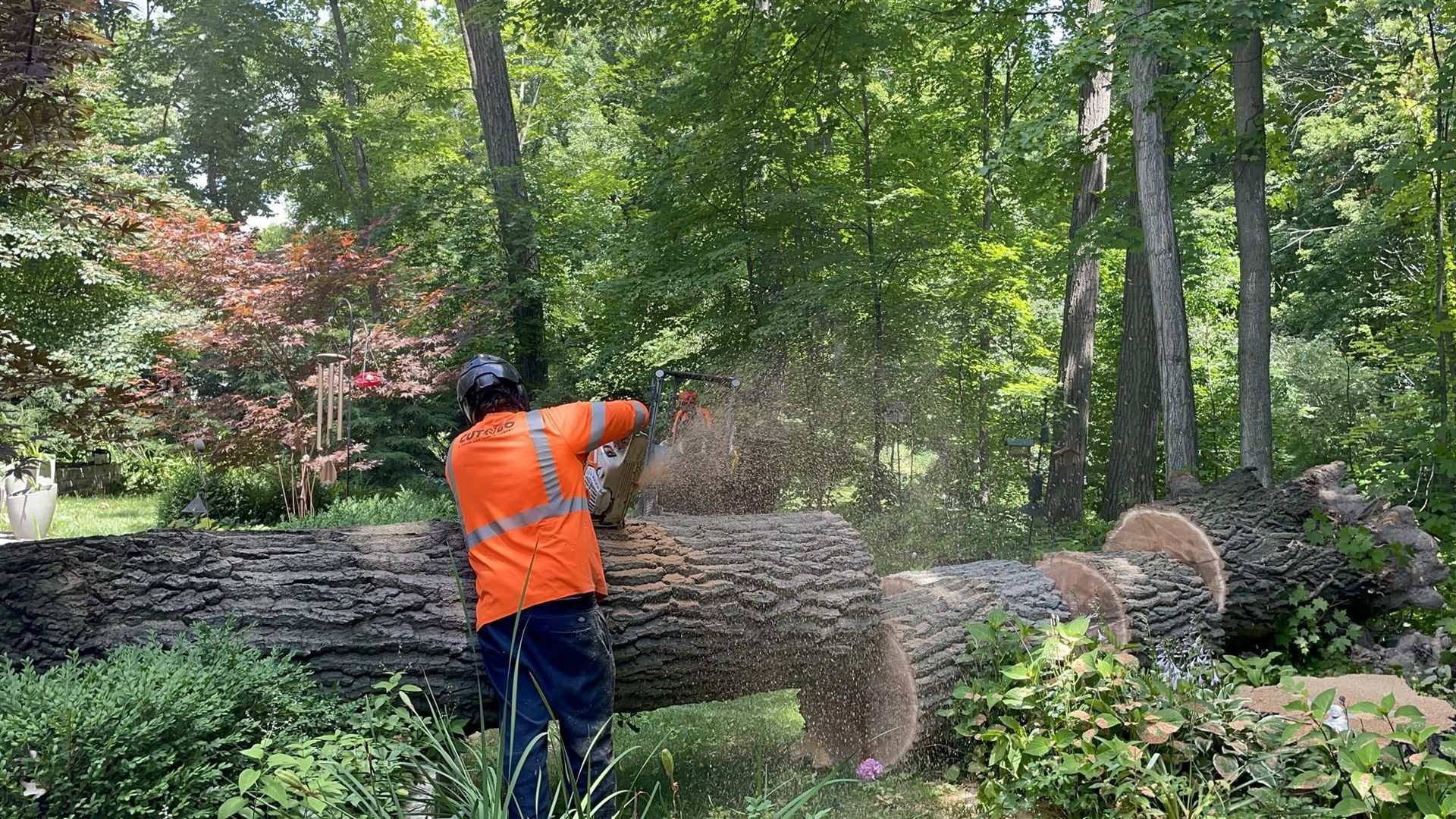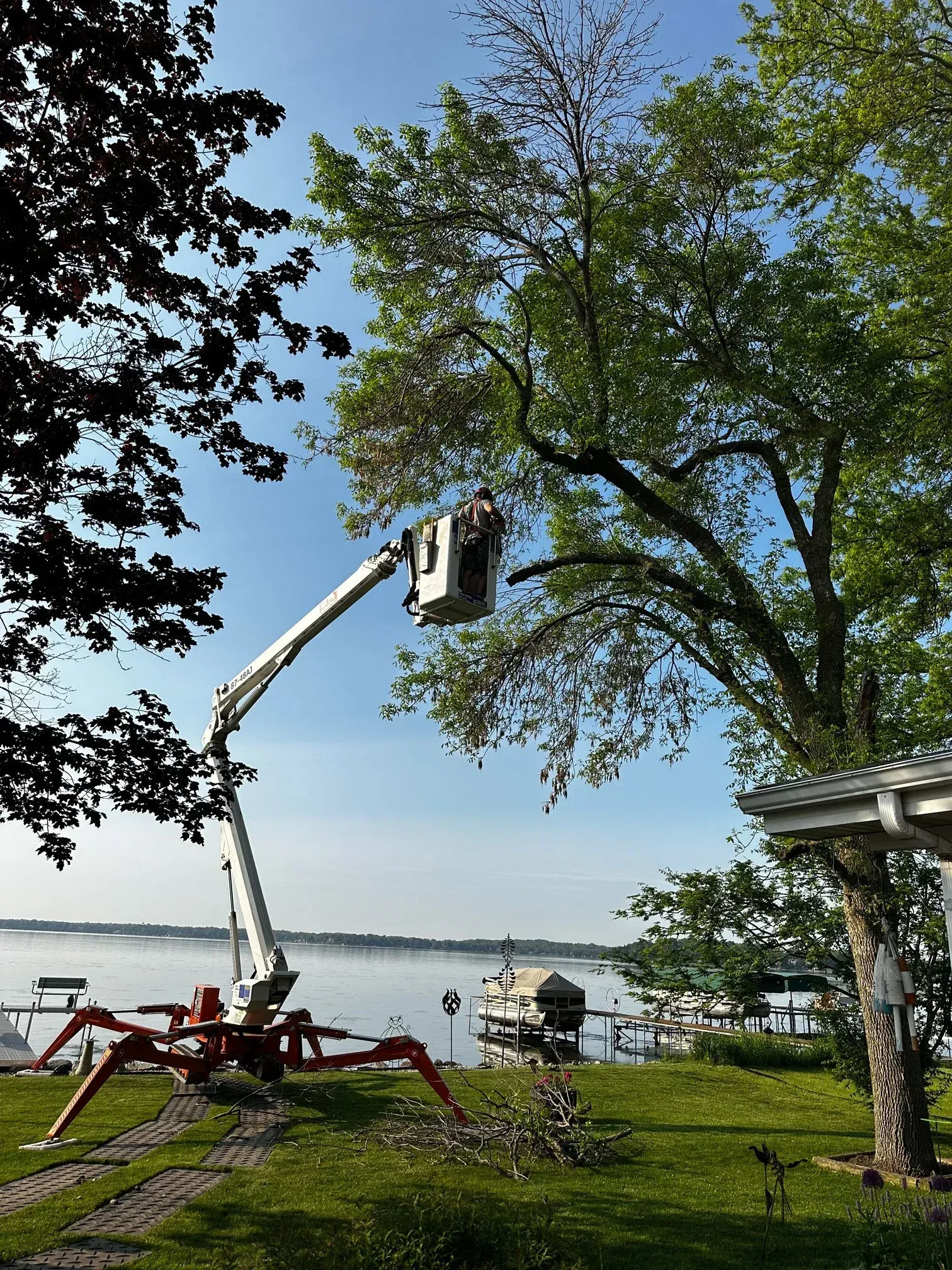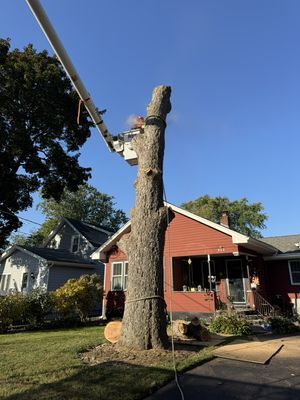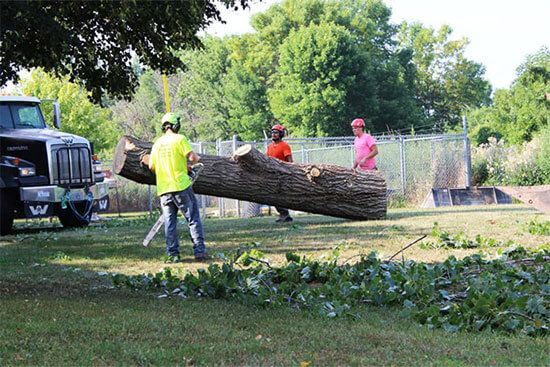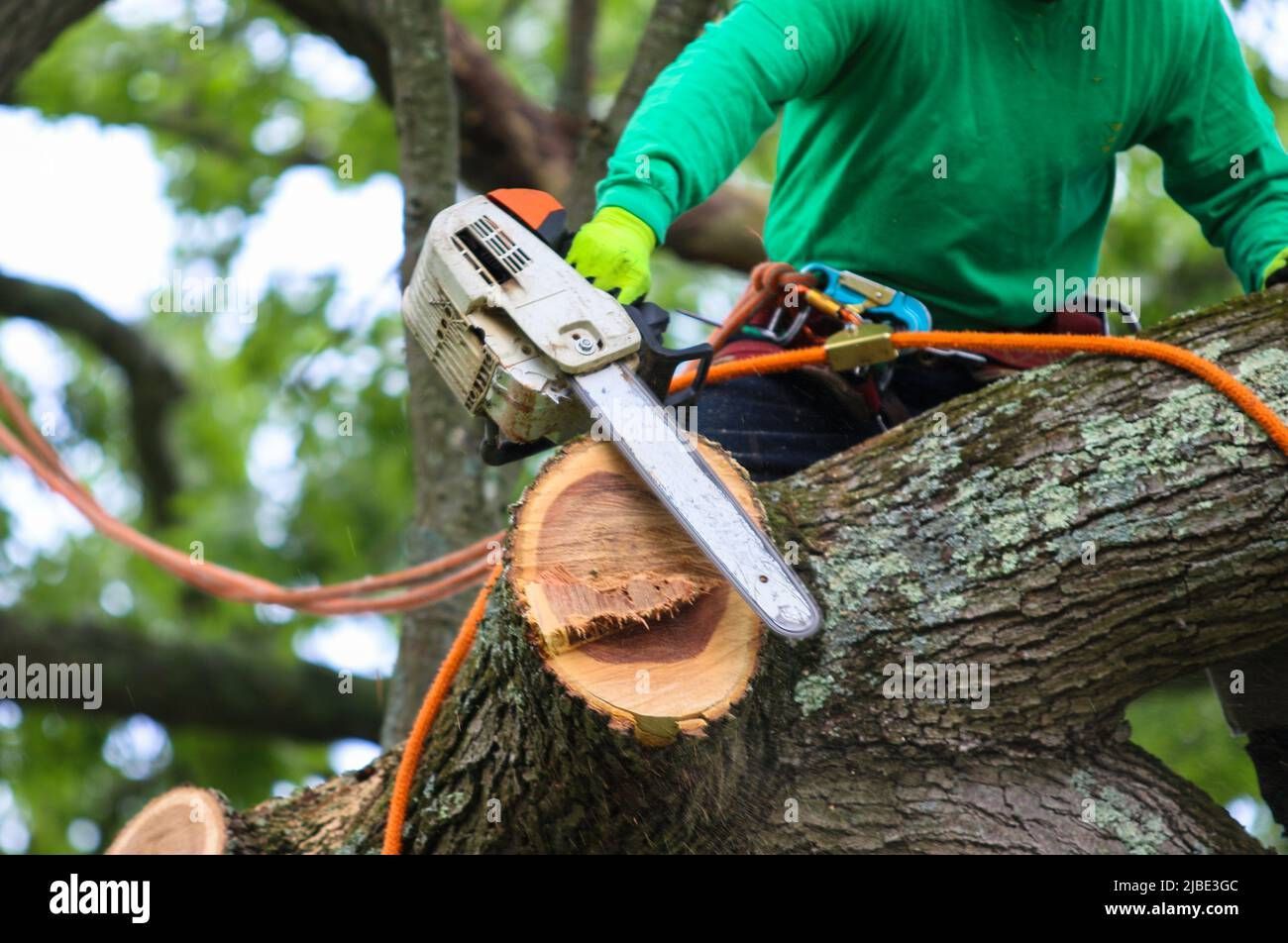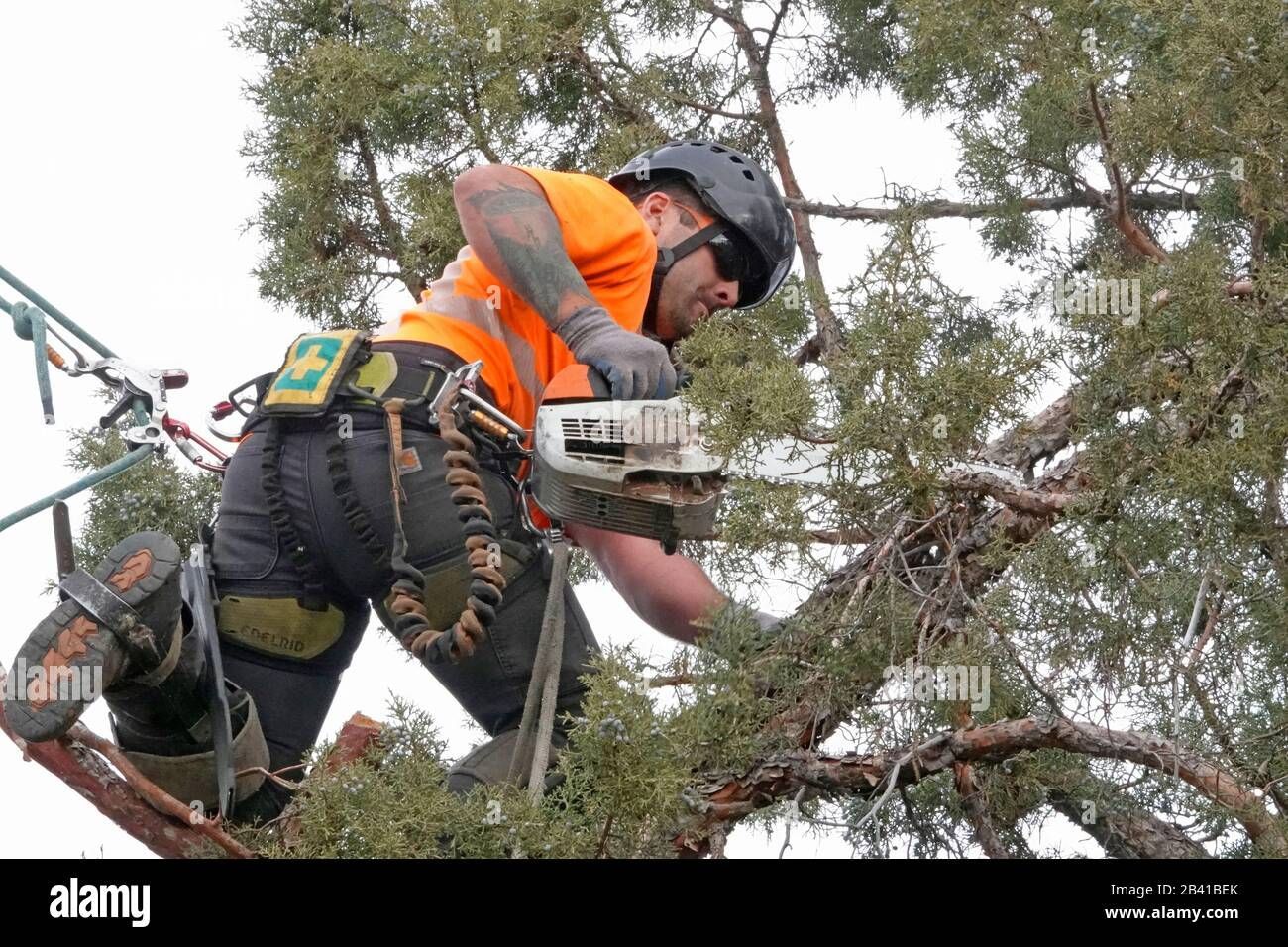Tree Removal & Stump Grinding: Tree Species That Attract Birds & Benefit Local Wildlife in Cedar Rapids & Iowa City
Planting native trees in Cedar Rapids, Marion, or Iowa City can greatly enhance local biodiversity, offering habitat, food, and nesting sites for birds and other wildlife. Choosing the right tree species not only enriches your green space but aligns with Frank’s Tree Service’s commitment to ecological stewardship. This guide will highlight Eastern Iowa trees that naturally attract birds and support local wildlife.
1. Why Native Trees Matter to Birds & Wildlife
- Native trees evolved alongside Eastern Iowa’s ecosystems, offering food sources—like berries, nuts, and insects—that local wildlife recognize and depend on.
- Oaks, for instance, support hundreds of caterpillar species, which are critical food for nesting birds during spring and early summer.
- Deep-cover trees and shrubs offer nesting, roosting, and predator protection—critical for survival through storms and winter months.
2. Top Tree Species That Attract Birds
Bur Oak (Quercus macrocarpa)
- A hardy native oak that thrives in Eastern Iowa’s climate. Its acorns feed many bird and mammal species, and its canopy attracts insect life that birds consume.
- Oaks also provide essential nesting structure and long-term habitat continuity.
White Oak (Quercus alba)
- Exceptionally long-lived and ecologically valuable. Supports a rich insect food web and provides acorns for local species such as jays, woodpeckers, and turkeys.
Common Hackberry (Celtis occidentalis)
- Produces small fruits enjoyed by American robins, cedar waxwings, bluebirds, and more. Bear berries into winter and often remain hanging for wildlife access.
Serviceberry (Amelanchier spp.)
- Early spring flowers offer insects for emerging birds; summer berries are feast for cardinals, grosbeaks, tanagers, and many feeder species.
Red Osier Dogwood (Cornus sericea)
- Covered with red berries in fall and winter. Offers dense cover and nesting habitat for dozens of species. Up to 47 bird species feed on these fruits during migration.
Crabapple & Hawthorn
- Bright, tart fruit draw finches, orioles, mockingbirds, and cedar waxwings. Fruit persists into winter and is especially valuable when wild food is scarce.
Eastern Red Cedar (Juniperus virginiana)
- Drought-tolerant evergreen bearing bluish berries that birds eat through winter, while branches provide shelter in storms and cold weather.
Mockernut Hickory & Shellbark Hickory (Carya spp.)
- Produce large nuts that feed wood ducks, quail, squirrels, and many forest birds. Their sturdy structure also offers nesting cavities and shelter.
3. Seasonal Benefits for Birds & Wildlife
- Spring: Serviceberries and oaks host caterpillars—primary food for nesting magpies, warblers, and thrushes.
- Summer/Fall: Fruits ripen from dogwoods, hackberries, and crabapples, attracting songbirds and migrating species.
- Winter: Cedar berries, hawthorn, and hackberry remain food sources when insects and seeds are sparse.
- Shelter provided by evergreen species and dense shrubs helps birds survive cold snaps and storms.
4. How These Trees Support Ecosystem Services
- Food webs: Oaks and birches support caterpillars and other insects, a vital food base for birds.
- Nest and roost sites: Native trees and shrubs offer twigs, cavities, and dense branching ideal for nesting. Standing dead and downed logs also serve wildlife.
- Biodiversity corridors: Planting clusters of native species creates habitat connections across yards and neighborhoods, enhancing migratory stopover zones.
5. Planting Tips for Cedar Rapids & Marion Homeowners
- Select trees suited to your soil, sunlight, and site space—such as bur or white oak in large yards, or serviceberry and dogwood for smaller landscapes.
- Mix species—include fruiting trees, evergreen shelter trees, and flowering shrubs—for year‑round habitat.
- Avoid invasive or exotic species; focus on native trees that wildlife naturally recognize.
- Maintain plantings with minimal chemical intervention—native insects, birds, and soil microbes thrive without pesticides.
6. Recommended Species Summary Table
Tree SpeciesWildlife BenefitsBest Use in Landscaping
Bur OakAcorns, insect habitat, nesting shelterLarge lawns, public spaces
White OakRich food web support and canopy structureShade trees in large yards
HackberryWinter fruits, long fruit retentionStreet trees, natural buffers
ServiceberryPollinator blooms, early fruit for migratory birdsOrnamental & wildlife gardens
Red Osier DogwoodDense cover and berries for many migrating/winter birdsRiparian zones, hedges
Crabapple / HawthornBright fruit enjoyed by fruit-eating birds and winter speciesPollinator gardens, small yards
Eastern Red CedarShelter through storms and winter, berry food sourceWindbreaks, evergreen hedgerows
Hickory (Mockernut & Shellbark)Large nuts feed birds and mammals; cavities and shadeWoodland edges, large properties
7. How Frank’s Tree Service Supports Wildlife-Friendly Planting
Frank’s Tree Service isn’t just about tree removal and stump grinding—it's also about ecological stewardship. They provide expert guidance on planting native tree species that:
- Attract and sustain local bird populations
- Maintain soil health and resist drought or disease
- Complement both residential and commercial landscapes
- Support long-term biodiversity and healthy ecosystems
Crews can assist with planting layout, selection of appropriate species, and future maintenance tips to ensure long‑term success.
8. Unique FAQs for Wildlife-Minded Planting
Q: How many trees do I need to attract a variety of birds?
A: Even a cluster of three to five well-chosen native trees and shrubs can attract dozens of species, especially when combined with feeders or water features.
Q: Should I prune these trees, and if so, when?
A: Pruning in late winter or early spring helps maintain structure and minimizes disturbance to nesting birds—while enhancing tree form and health.
Q: Do invasive species ever offer bird food?
A: While some invasives produce berries, they often disrupt ecosystems and fail to support native insects—making native alternatives far superior.
Q: How can I support cavity-nesting birds?
A: Leave or place dead standing trees or logs (if safe), or install bird‑safe nest boxes where natural cavities are scarce.
Conclusion
Planting native trees like oaks, hackberry, serviceberry, dogwood, cedar, and hickory brings tangible benefits for birds and wildlife in Cedar Rapids, Marion, and throughout Eastern Iowa. These species offer year-round food, shelter, nesting sites, and ecological support.
Frank’s Tree Service not only excels at tree removal and stump grinding but offers wise guidance on creating bird‑friendly landscapes that attract and sustain local species. Whether you want to enhance your backyard or support commercial green space, these native trees are a sound investment in ecological health.
